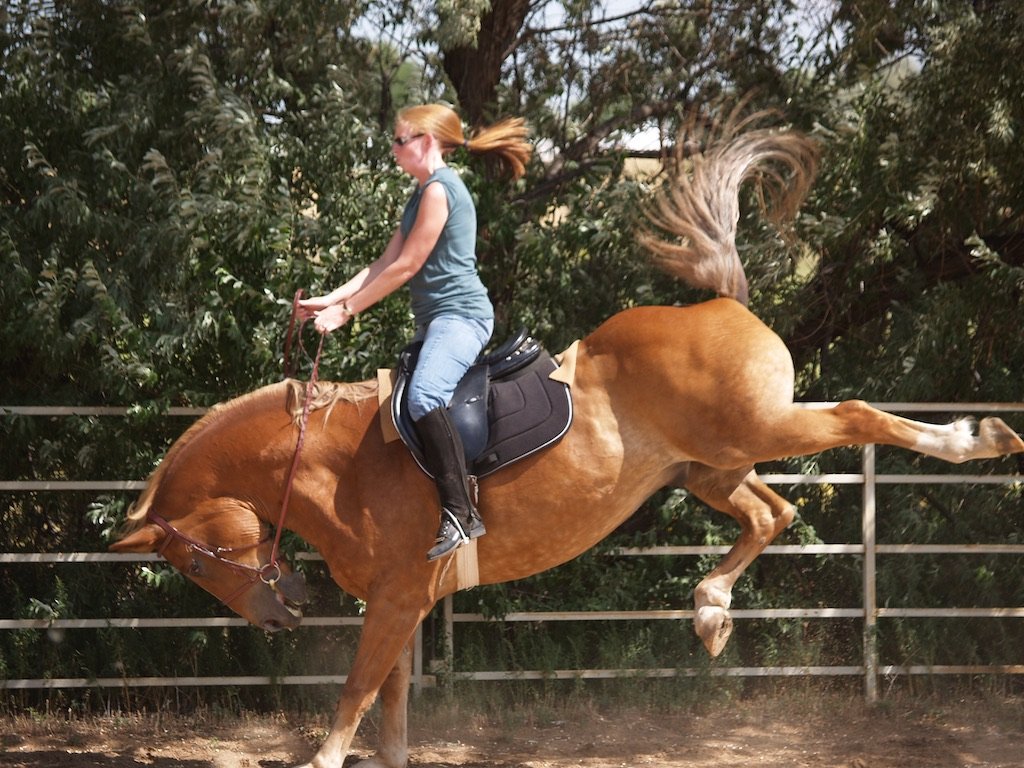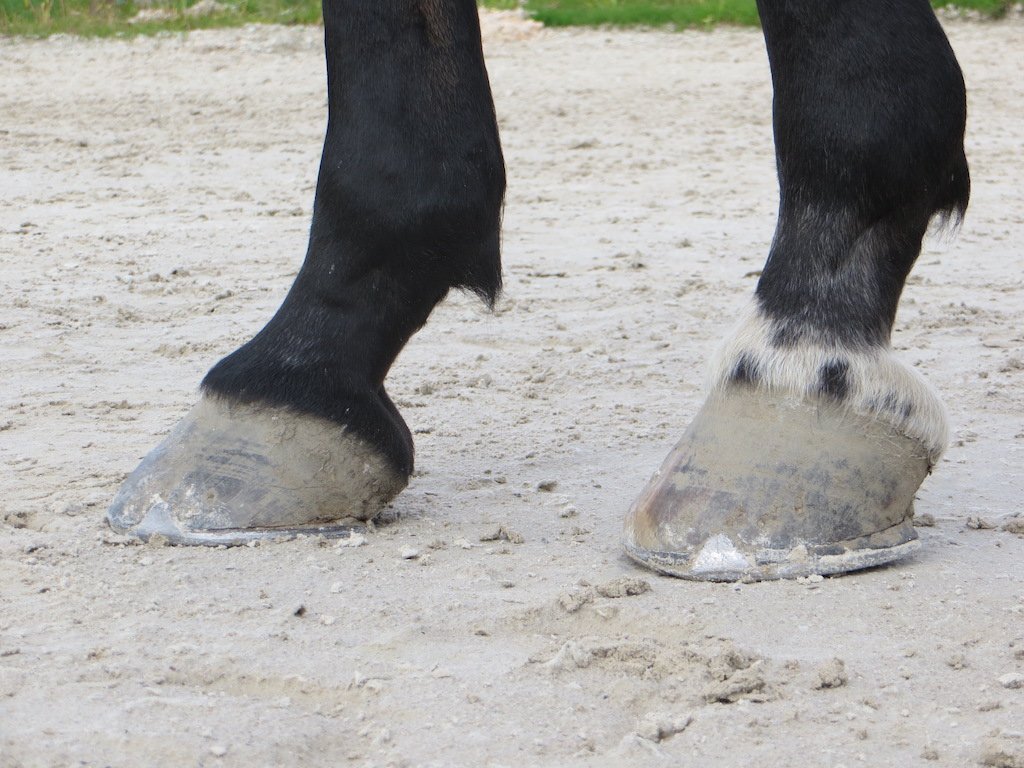Horses in pain: recognising red flags
Horses are really good at hiding pain, so we need to be able to hear the slightest hints of discomfort. Here are some common red flags to look out for.
Behavioural changes are a common indicator of pain.
Horses are naturally very stoic creatures, because in the past, outward signs of weakness were a death sentence. The same mechanism that helped save their lives back in the day, is negatively impacting the quality of their lives today. If horses were a bit more vocal about their aches and pains, we could probably prevent many injuries and pathologies. But since they are still prone to suffering in silence, it is our job as their caretakers to become detectives and listen to the subtler signs of pain. While some horses are more stoic than others, most of them will exhibit changes in behaviour when experiencing pain. Here are some red flags to look out for.
1. Issues when being saddled. So many horses show unwanted behaviour when being saddled, that many people have just accepted it as normal. But it is not normal. A normal horse should not bite, kick and pin his ears when we try to put a saddle on him. If you horse's behaviour changes during the process of saddling up or mounting, you need to investigate.
2. Laziness. Despite being energy conserving creatures, very few horses are actually lazy. Sure, everyone has an off day, but consistent laziness is a common sign of pain.
3. Changes in performance. Refusing jumps, difficulty bending, issues with canter departs and similar issues are very common when we are dealing with musculo-skeletal dysfunction. Keep in mind that a longer an issue like this persists, the longer it will take to fix it, so make sure to investigate sooner rather than later.
Any unwanted behaviour or performance issues should be a red flag.
4. Changes in mood. If your once loving horse is now pinning his ears at you or running away when you approach with the halter, this is a very clear message. This can be a sign that it's time for a little break in training, but if this behaviour persists, the possibility of pain should be addressed next.
5. Muscle atrophy. If the horse is in regular work, his body should become evenly muscled. His front end should rise up between his withers, his back should fill in and his hind end should be nice and rounded. If you are seeing uneven muscling, like an overdevelopment around the shoulders and a dip in front of the withers or a bulge behind the poll, it's time to sound the alarm. Uneven muscle development, especially when atrophy of the back muscle is involved, is very often a sign of pain.
6. Changes in hoof growth. If your hoof care provider points out that your horse has developed an imbalance in his hooves, you need to figure out why. Any changes in hoof growth patterns mean that there is a change to how your horse is loading his body. If not addressed, this will often lead to pain and dysfunction.
Any hoof issues should be addressed and investigated immediately.
This is by no means an exhaustive list of pain indicators, but it is a place to start. Keep in mind that when it comes to horses, nothing is set in stone. While these red flags can sometimes be indicators of pain, that is not always the case. If you suspect your horse might be in pain, consult an expert to figure out what is going on.


